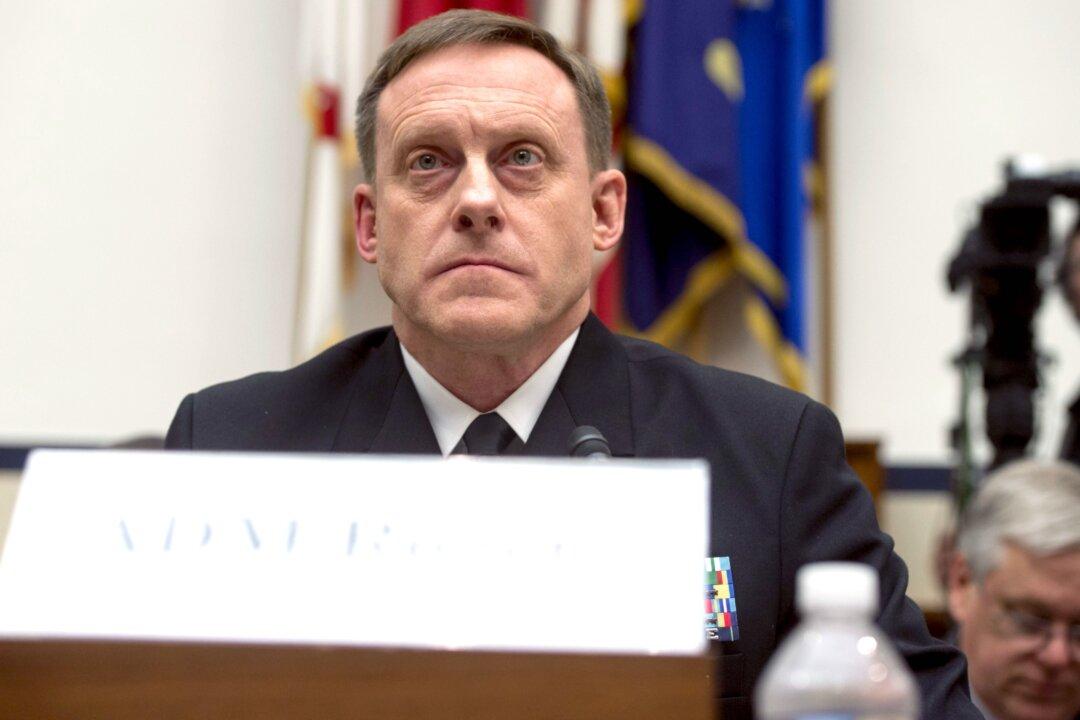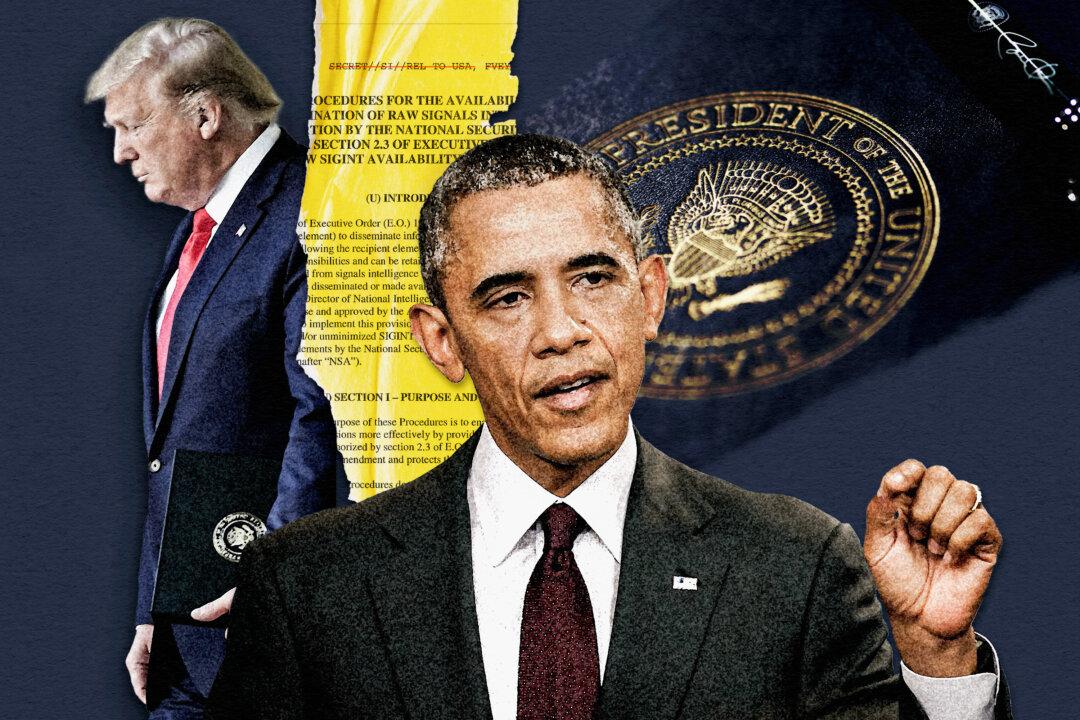News Analysis
On March 9, 2016, Department of Justice (DOJ) oversight personnel learned that the FBI had been employing outside contractors who had access to raw Section 702 Foreign Intelligence Surveillance Act (FISA) data, and retained that access after their work for the FBI was completed.





